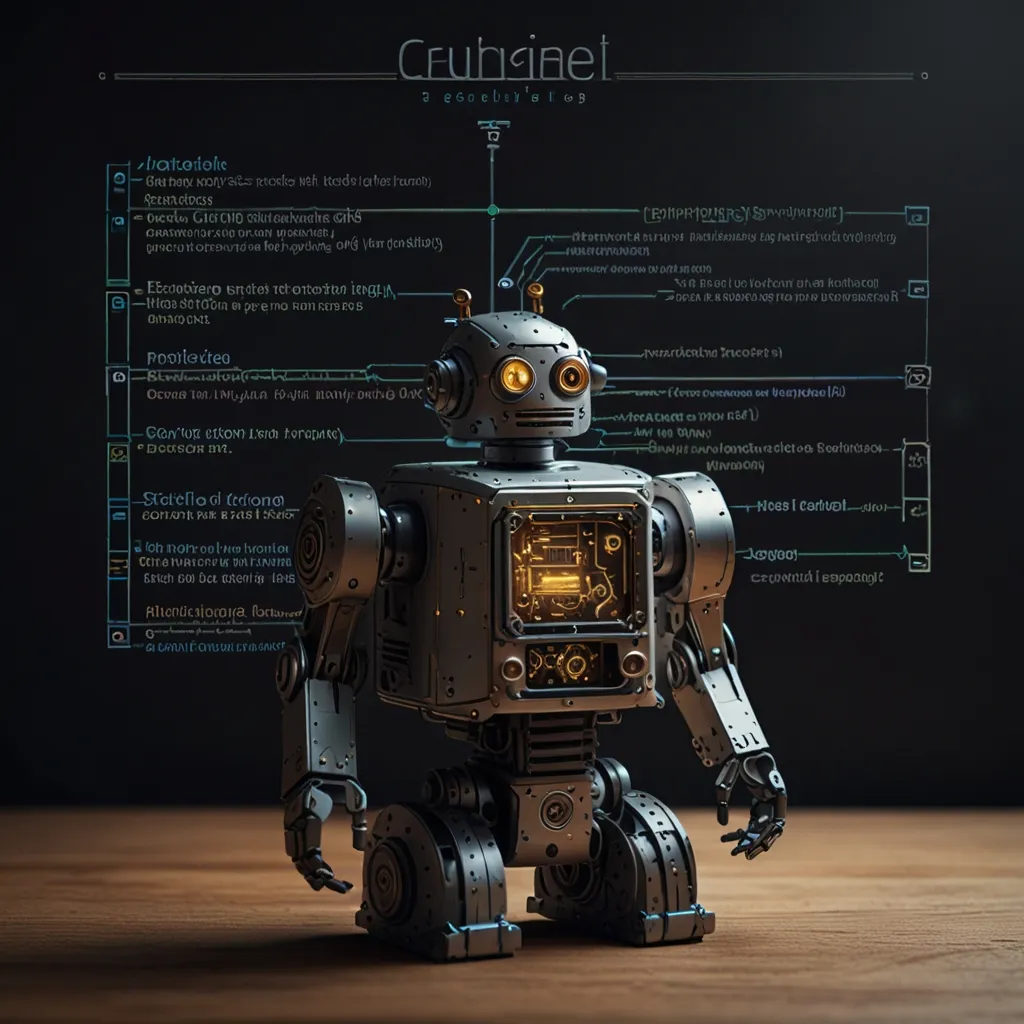Prolog, something of a hidden gem in the world of programming languages, has carved its niche in AI, automated theorem proving, and computational linguistics since it first emerged onto the scene in 1972, thanks to Alain Colmerauer. Prolog isn’t your run-of-the-mill language; it’s declarative, which means you tell the program what you want to achieve, not how to achieve it.
The Logic Behind Prolog
What sets Prolog apart is its foundation in first-order logic. This gives it the power to define relations and rules in a very intuitive way. Say goodbye to step-by-step instructions. In Prolog, everything boils down to facts and rules. Take facts as absolute truths – think “John is a man” or “Paris is the capital of France.” Then, you have rules that map relationships between these facts, allowing the program to deduce new info.
Here’s a classic example to break it down: Suppose you’ve got “John is a man” and “Mary is a woman.” You could have a rule saying, “If John is a man and Mary is a woman, then they are adults.” The Prolog interpreter uses this rule to infer John and Mary are adults, without needing you to spell it out.
Applications of Prolog
Prolog rocks at logic-based reasoning, making it perfect for various applications. Early on, people harnessed its power in natural language processing. By defining rules and facts about language structure and semantics, Prolog helps to parse sentences, get the context, and even generate text.
Expert systems are another domain where Prolog shines. These systems imitate decision-making abilities of a human expert. Picture a medical diagnosis system built using Prolog. By defining rules that correlate symptoms with potential conditions, the system can make educated guesses about a patient’s ailment based on given symptoms.
Handling Uncertainty
One of Prolog’s standout features is handling uncertain or incomplete info. This is gold in real-world scenarios where data might be missing or sketchy. By laying out rules covering different possibilities, Prolog can agilely reason through issues and find solutions that fit the bill.
Imagine a medical diagnosis system again. Rules might define conditions based on symptoms but also account for scenarios where symptoms are missing or misinterpreted. The Prolog interpreter juggles these rules to churn out the diagnosis that best matches the available data.
Implementations and Dialects
Prolog isn’t a one-size-fits-all kind of deal. There are a bunch of implementations and dialects to cater to different needs and tastes. Some famous ones include SWI-Prolog, GNU Prolog, and B-Prolog, each with its own tweaks and optimizations that make Prolog incredibly versatile.
Visual Prolog is an interesting offshoot. It’s strongly typed and object-oriented - a bit of a departure from standard Prolog, originally pushed by Borland and now nurtured by the Prolog Development Center. There are also other interesting takes like Datalog, limited to stratified relationships, and Mercury, which focuses on software engineering with a static type system.
Getting Started with Prolog
Jumping into Prolog isn’t a herculean task. Start by installing a Prolog interpreter. With that set up, you write Prolog programs in a simple text editor and run them using the interpreter. Just remember, the backbone of any Prolog program is composed of facts and rules, defining your problem domain and the relationships within it.
Take a family tree as an example. You define family relations with facts:
father(john, mary).
father(john, david).
mother(alice, mary).
mother(alice, david).
Then you could whip up a rule to determine someone’s grandparents:
grandparent(X, Y) :- father(X, Z), father(Z, Y).
grandparent(X, Y) :- mother(X, Z), father(Z, Y).
grandparent(X, Y) :- father(X, Z), mother(Z, Y).
grandparent(X, Y) :- mother(X, Z), mother(Z, Y).
Voilà! You can now query the Prolog interpreter to find out who’s the grandparent of whom.
Advantages of Prolog
Prolog brings several perks to the table. First, its declarative nature is a huge time-saver. It lets you zero in on the logic of your problem without getting bogged down by implementation details. This makes writing and maintaining complex programs a breeze.
Prolog’s knack for handling uncertain and incomplete info also makes it dead useful for real-world applications. Data isn’t always perfect, and Prolog’s flexibility allows it to roll with the punches and still churn out reliable results. This along with the various implementations available ensures it fits snugly into a wide range of tasks, from natural language processing to crafting expert systems.
Real-World Applications
Prolog isn’t just for academic exercises; it’s out there making waves in real-world applications. It plays a pivotal role in automated theorem proving, helping prove mathematical theorems without breaking a sweat. In the realm of computer-aided design, Prolog defines system design rules, enabling it to generate designs based on these predefined rules.
In the medical field, Prolog-based systems diagnose diseases by analyzing symptoms and a patient’s medical history. They go a step further by predicting patient outcomes and suggesting treatment plans based on the data at hand.
Conclusion
In the grand tapestry of programming languages, Prolog is a unique thread, standing out for its contribution to logic-based AI applications. Grounded in first-order logic and boasting a declarative nature, it’s ideal for defining complex relationships and reasoning about data. Its prowess in handling uncertainty along with its wide-ranging applications has ensured that Prolog remains a valuable resource in AI and computational linguistics.
Whether crafting expert systems, parsing natural language, or developing medical diagnosis tools, Prolog offers a flexible framework to tackle complex problems. Its user-friendly approach and the plethora of available implementations make it accessible to newbies and seasoned programmers alike, ensuring it stays relevant in the ever-evolving world of computer science.






